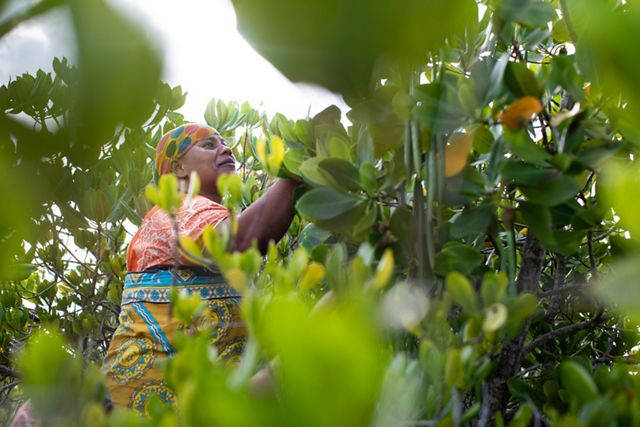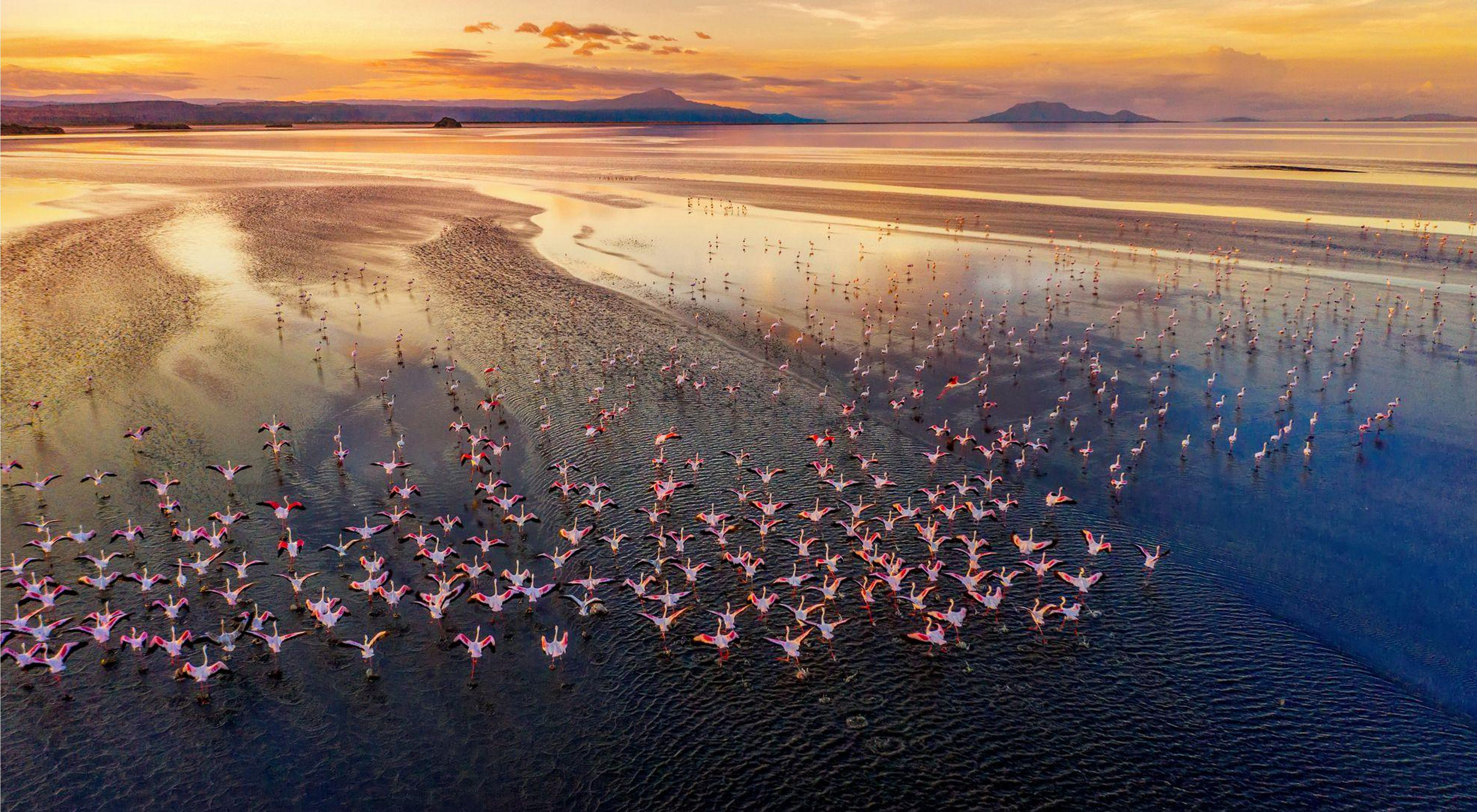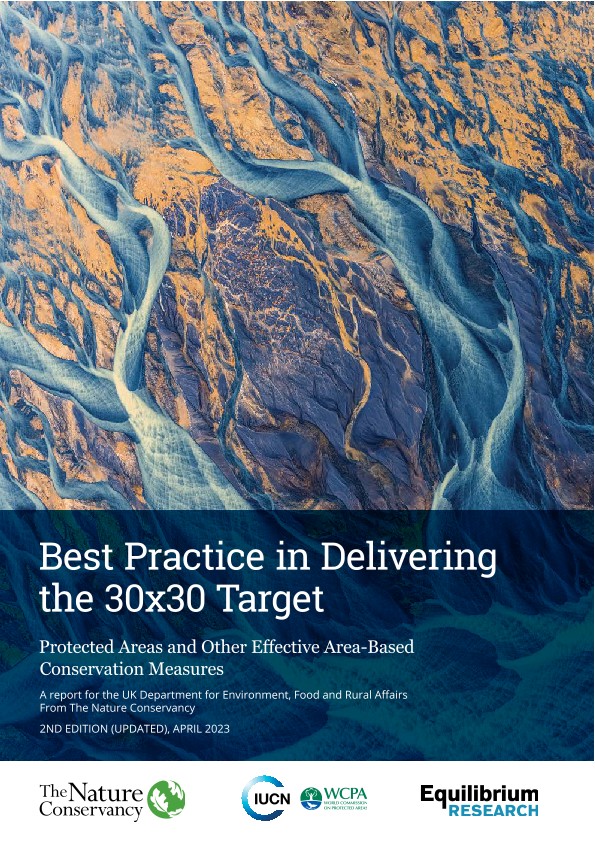30x30: How Do We Enhance Area-Based Conservation?
How can we protect 30% of the world’s lands, oceans and inland waters by 2030? Following best practices can help.
When leaders from across the world gathered in Montreal for the United Nations Convention on Biological Diversity (CBD) meeting, their negotiations culminated in the adoption of the Kunming-Montreal Global Biodiversity Framework – our shared international roadmap out of the ecological crisis and towards a more nature-positive world.
It includes 23 targets aimed at reversing habitat and species loss, including the reduction of environmentally harmful subsidies, committing to quantifiable funding targets, and protecting 30% of the planet by 2030.
Target 3, known colloquially as “30x30,” calls for 30% of the world’s terrestrial, inland water, and of coastal and marine areas, to be in effective protection and management by 2030.
The Nature Conservancy (TNC) advocated for the inclusion of inland and fresh water into the 30x30 target, and for the rights of indigenous peoples and local communities to be recognised within protected areas and other effective area-based conservation measures.
Currently, about 17% of terrestrial and 8% of marine areas are under some form of protection. In many cases, the effectiveness of their protected status is in doubt. This means the new 30x30 target represents a significant commitment.
But how will the world achieve these lofty, critically needed goals in a way that is cost-effective and equitable? Business as usual will not be enough. TNC, in partnership with IUCN’s World Commission on Protected Areas and Equilibrium Research, has developed a report on best practices with funding from the United Kingdom’s Department for Environment, Food and Rural Affairs (DEFRA), to facilitate the conversation.
These conservation leaders are also collaborating to develop a web-based toolkit of planning resources and research that nations can use to meet their 30x30 commitments in the coming years. Visit 30x30.solutions to learn more about this resource or get involved.
Download
Protected Areas and Other Effective Area-Based Conservation Measures
DOWNLOADHere are a few key takeaways:
We need to be strategic about what we protect and how.
Traditional approaches to conservation have led to the creation of magnificent parks and other protected areas. But site selection has often been ad hoc, top-down and opportunistic, rather than based on strategic biodiversity objectives, good data and socially inclusive conservation.
Going forward, protection efforts must focus on large areas that together are ecologically representative of all natural diversity. They should include places that provide valuable ecosystem services, and they should be well-connected with corridors to improve resilience to climate change and avoid the creation of ecological islands. Protection work should also consider the value of areas that are not formally managed for conservation, like community and Indigenous lands, which can have direct and significant benefits to wildlife and ecosystems.

We need protected area management that works.
Without good management, protected areas are just lines on paper. Improving and tracking management effectiveness, ensuring local support and involvement, and long-term financing for stewardship are key to ensuring that conservation is durable enough to last in perpetuity.
In the extensive conserved lands of Bhutan, for example, management effectiveness was hampered by limited resources, as well as gaps in monitoring and research data. A “Project Finance for Permanence” approach established a legal and financial structure to fund management for the long term. This model is now being replicated in other countries through the Enduring Earth partnership.
We must also choose the right management strategy for each place, reduce outside pressures on conservation areas, and work with Indigenous Peoples and local communities as stewards, knowledge-holders and beneficiaries. Efforts to protect and support these areas must include legal frameworks that confirm local tenure rights and protection boundaries.
Achieving the 30x30 goals will only be possible with the help of Indigenous Peoples and local communities, who collectively manage a significant proportion of the world’s terrestrial, marine and freshwater habitats. The importance of socially inclusive conservation strategies has been demonstrated time and time again around the world. Conservation that includes Indigenous Peoples and local communities in decision-making roles have noticeably higher success rates than those where outside entities override local control.

It’s time to leverage new tools.
Protected areas are part of a a much larger matrix of strategies needed to conserve a minimum threshold of 30 percent of the natural world before the end of this decade. Policies to curb wildlife trade and natural resources extraction, reduce pollution, and mitigate climate change would greatly improve their success. Further, establishing payment structures that recognize the benefits of natural areas to human society—from freshwater supply to carbon sequestration to the mitigation of natural disasters like fire and hurricanes—can motivate new funding for conservation and protected areas management.
The 30x30 goals are vital to the future of all life on Earth—including our own. These goals are bold and unprecedented in scale, but they are also achievable through coordinated and collaborative efforts that build off best practices. TNC is committed to 30x30 as our guiding framework for protection going forward.
Global Insights
Check out our latest thinking and real-world solutions to some of the most complex challenges facing people and the planet today.




